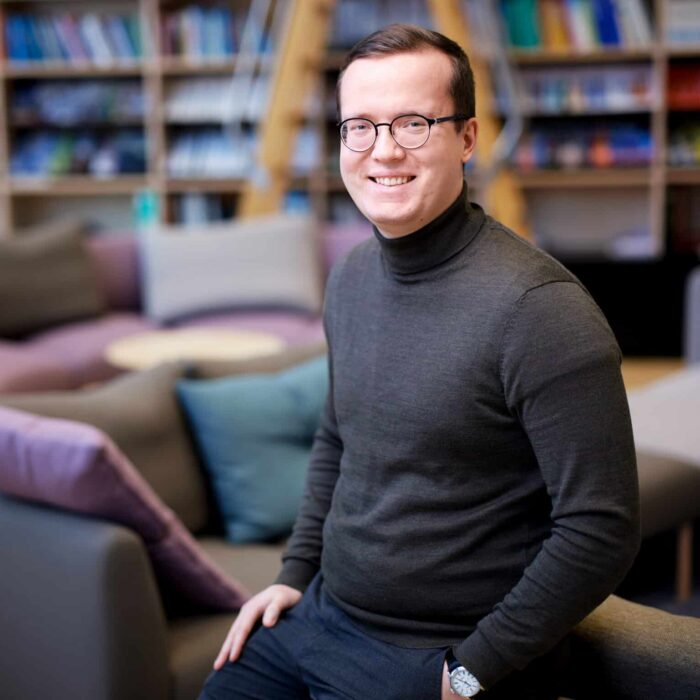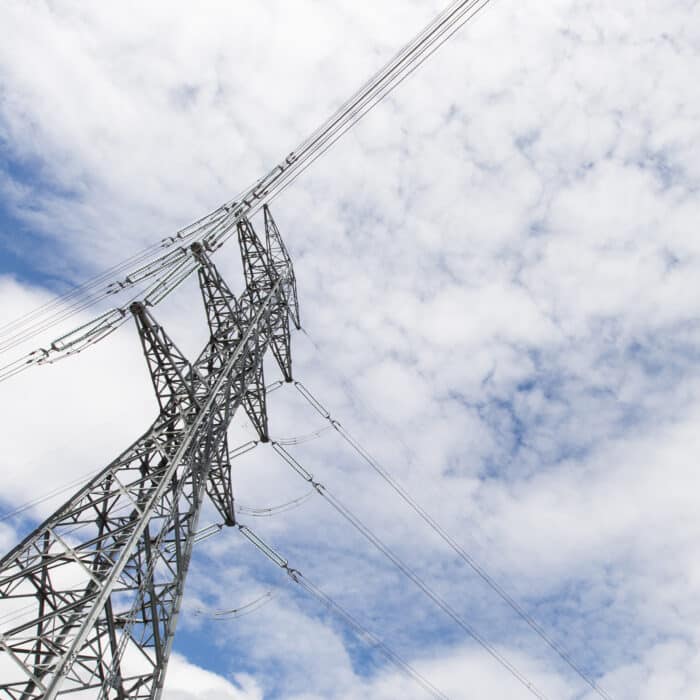Maarit Uusitalo, Planning Manager at Fingrid, says that the most recent TYNDP report contains a large amount of information, and the scenarios for 2030 and 2040 are the most important. The report describes the scenarios in figures (generation/consumption) and presents an analysis of the system’s requirements on a European scale.
“Regional analyses and reports are also included, as well as reviews on various themes, such as methodologies and technologies. The report also describes forthcoming projects, along with cost–benefit analyses,” Uusitalo says.
What does the future hold? For example, the overarching themes of the scenario for 2030 are distributed generation and the transition to a more sustainable energy economy. The European Commission’s own scenario was also scrutinised.
“This EUCO scenario differs somewhat from Fingrid’s outlook. We envisage coal-fired power stations disappearing from the picture due to market pressures by 2030, but the EUCO scenario still includes coal power.”
A comprehensive volume of up-to-date information
The scenarios are based on a large amount of work, as consultations took place with various organisations and stakeholders in the sector as well as the experts at European transmission system operators in order to build up an overall picture. However, the TYNDP reports, which have been published since 2012, have solidified their position as the projection of future trends.
“Key projects can be planned and implemented more strategically when there is a longer timeline,” Uusitalo says.
So how effective is the TYNDP crystal ball? There are only seven years of experience to draw on, but Uusitalo has some ideas:
“About two-thirds of projects are proceeding as planned. The rest have had to alter their timetables for one reason or another. Projects may be delayed by factors such as permit processes or economic difficulties.”
“As regards the Nordic countries, the projects that were planned have got off to a good start.”
The northern dimension
Nordic transmission system operators are also engaged in collaboration. One example of this is the Nordic Nordic Grid Development Plan, which was published in autumn 2019 and drew data from the European plan as well as national plans.
“Nordic transmission system operators will execute investment projects worth about EUR 15 billion by 2028. The benefits of cross-border corridors, which were analysed in bilateral reports, are expected to increase towards 2040, as the system is continuously trending towards more carbon-free generation,” assesses Uusitalo.
What else lies in store for the network world in the next 20 years?
“In fact, the main themes for 2030 – distributed generation and the transition to a more sustainable energy system – will still be involved, but global climate action will also join the list.”
“It is a long time until 2040, but climate change is precisely the kind of topic that necessitates advance planning.”
Scenarios offer risk management
Robert Schroeder, Managing Director, System development of ENTSO-E, says that nobody can know the future for sure, but every responsible operator in the sector uses scenarios.
“The scenarios used in ENTSO-E’s plans attempt to place uncertainty factors within their own frameworks as well as possible. The scenarios include a lot of information that can also be used outside the energy sector,” Schroeder says.
According to him, TYNDP is a very useful tool, which is being developed further.
“Despite this, we need to be better at communicating the numerous useful observations included in the report.”
On a common front
ENTSO-E is now celebrating its 10th year in operation. The organisation now has 43 members in 36 countries. According to Schroeder, ENTSO-E is a democratic organisation that gets things done by working closely together.
“There are more things that combine us than separate us,” he says.
The global energy revolution is perhaps ENTSO-E’s first priority. A new, more sustainable energy system can only work if there are intelligent, innovative solutions and functional markets. Schroeder notes that transmission system operators must show a smart, responsible pathway to the future in order to make the most of renewable forms of energy.




